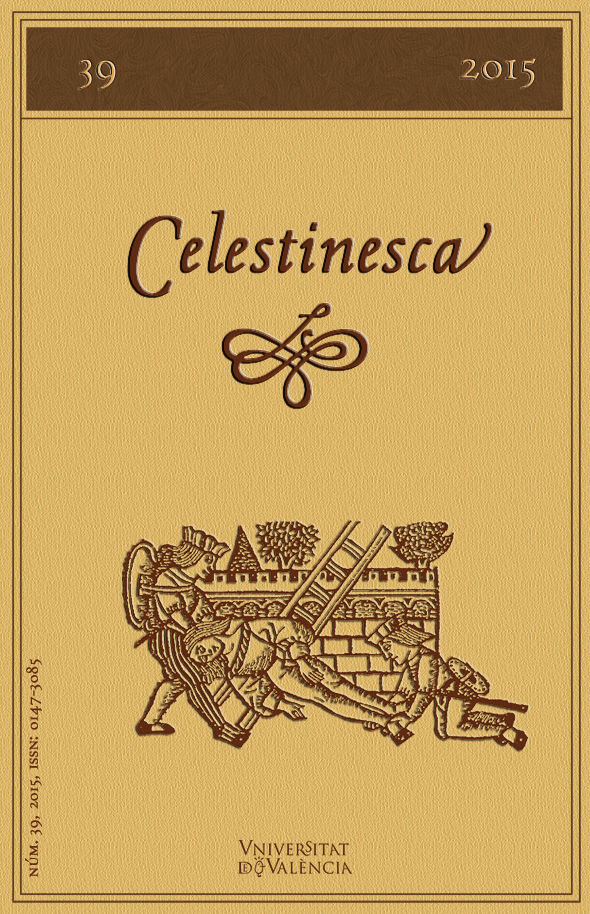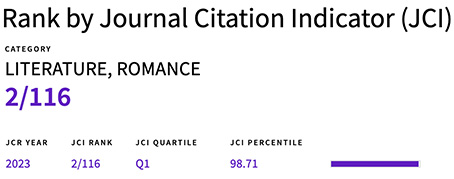Reading at the Threshold: The Role of Illustrations in the Reception of the Early Editions of Celestina
DOI:
https://doi.org/10.7203/Celestinesca.39.20185Keywords:
Illustrations of Celestina, woodcuts, reception Abstract
Abstract
Whether in its original form, a Comedia with sixteen acts first published around 1499, or in its later incarnation in the 1501 Tragicomedia, the numerous editions and translations that circulated during the sixteenth century bear witness to Celestina's widespread popularity and profound literary impact all over Europe. Countless scholarly studies have been written on the reception of Celestina from the fifteenth century to the present time. Not much has been said, however, about the influence of the woodcuts of the first known edition in the success of the work: How did the readers interpret them? Were the illustrations really taken into account by the editors and printers of the successive editions? This article will explore the importance of the woodcuts in the diffusion and publishing success of Rojas's work as well as in the creation and propagation of the immortal saga of Celestina, reincarnated incessantly thanks to the printing press.
 Downloads
Downloads
Downloads
Published
How to Cite
-
Abstract356
-
PDF (Español)189
Issue
Section
License
![]() Celestinesca is committed to the dissemination of knowledge, that is why access to its contents is free and is ruled by a Creative Commons Attribution-NonCommercial-NoDerivatives 4.0 license.
Celestinesca is committed to the dissemination of knowledge, that is why access to its contents is free and is ruled by a Creative Commons Attribution-NonCommercial-NoDerivatives 4.0 license.
Authors retain the rights to their works. Therefore, they can disseminate them and deposit them in the repository, institutional or not, that they wish. However, they are kindly requested to do so by providing the full bibliographic reference and the corresponding DOI.
Celestinesca does not charge authors for submitting, processing, reviewing or publishing their articles.





